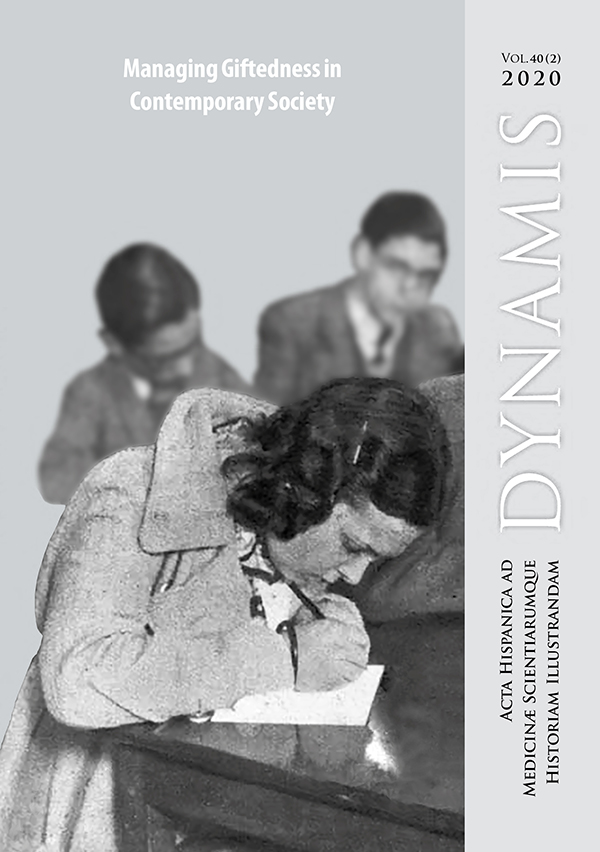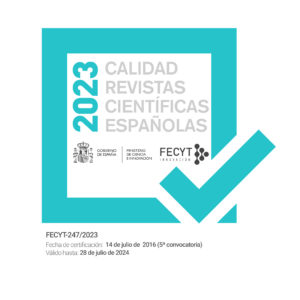Searching for the nation’s «Treasure»: gifted children in Spain, 1911-1936
DOI:
https://doi.org/10.30827/dynamis.v40i2.17968Keywords:
intelligence, child psychology, psychotechnics, psychological testing, educationAbstract
The article provides new historical information about when and how the interest in identifying and selecting gifted children arrived in Spain during the first decades of the 20th century. We explore the motivations that prompted professionals to take an interest in the advantaged child and point to the mo- ments when the initiatives resulted in some type of regulated social action for the awarding of scholarships. The period of our study includes times of mon- archy, dictatorship, and republic. Thus, in our historical account, we highlight the first place, we study an opinion poll launched by an educational magazine in 1911. The episode shows how a pedagogue (Bardina) started the debate and the way in which the group of teachers often perceived the gifted child as a hin- drance for the social dynamics in classes. Despite this, not all teachers were in favor of the selection of gifted children because the fact that they would then receive a different kind of education was not considered by them as being just. Second, we deal with a political campaign launched in 1927 to rescue the intel- ligent child of poor families in times of the Primo de Rivera dictatorship and the enthusiastic reactions this campaign received among the conservative sector of Spanish society. Thirdly, we review the selection of gifted children carried out during the 1920s and 1930s in the Psychotechnical Institutes. We expound the argument used to justify the need for a psychological selection based on tests and the conceptual and practical implications ofthe psychologists’ (Germain and Rodrigo’s) point of view.
Downloads
Downloads
Published
How to Cite
Issue
Section
License
Dynamis se encuentra adherida a una licencia Creative Commons Reconocimiento (by), la cual permite cualquier explotación de la obra, incluyendo una finalidad comercial, así como la creación de obras derivadas, la distribución de las cuales también está permitida sin ninguna restricción.

















